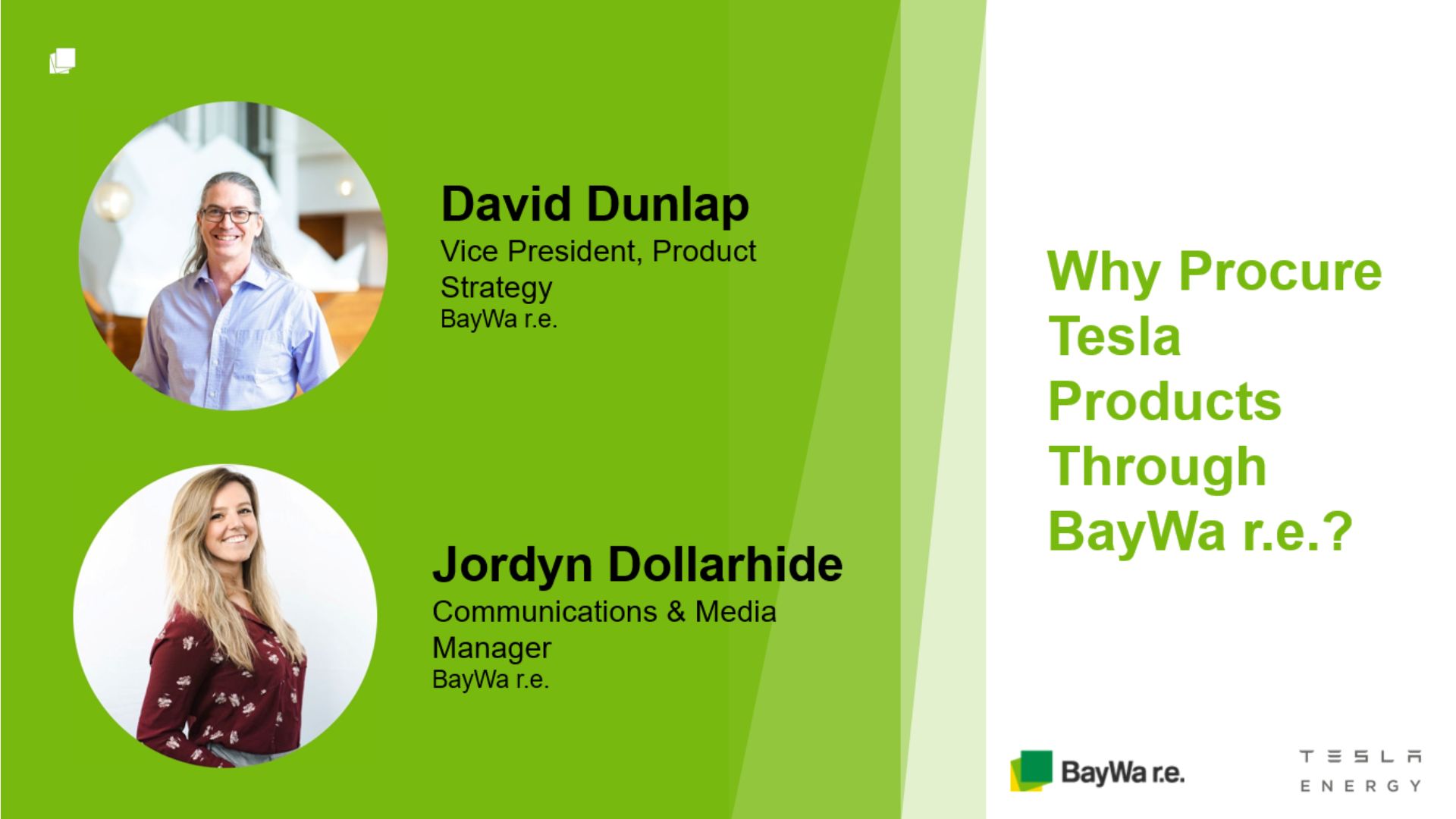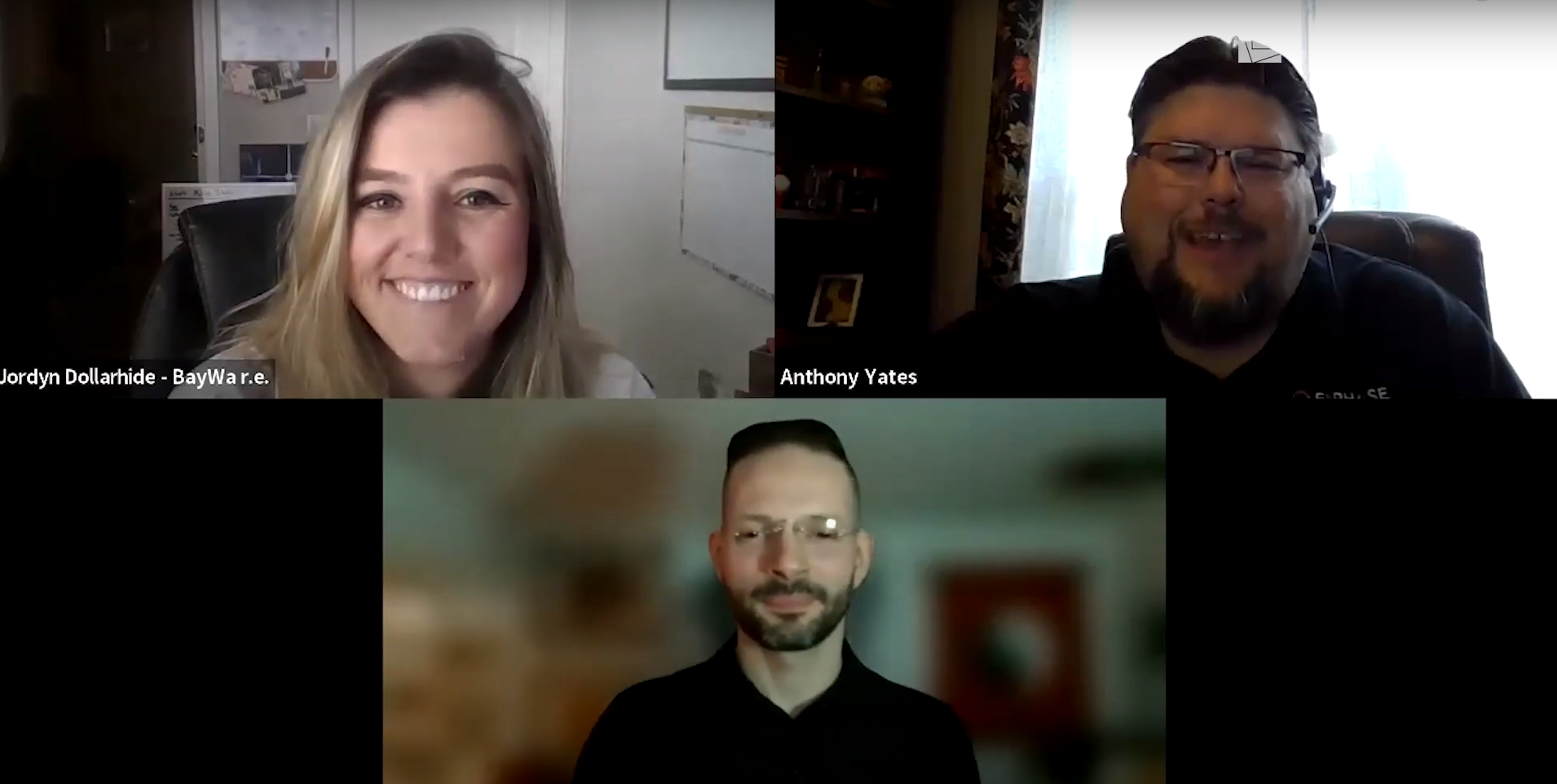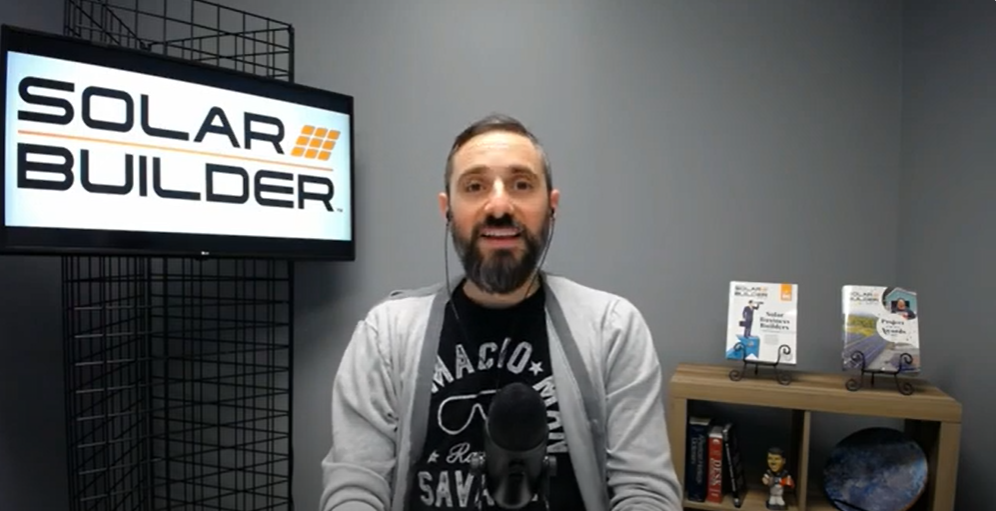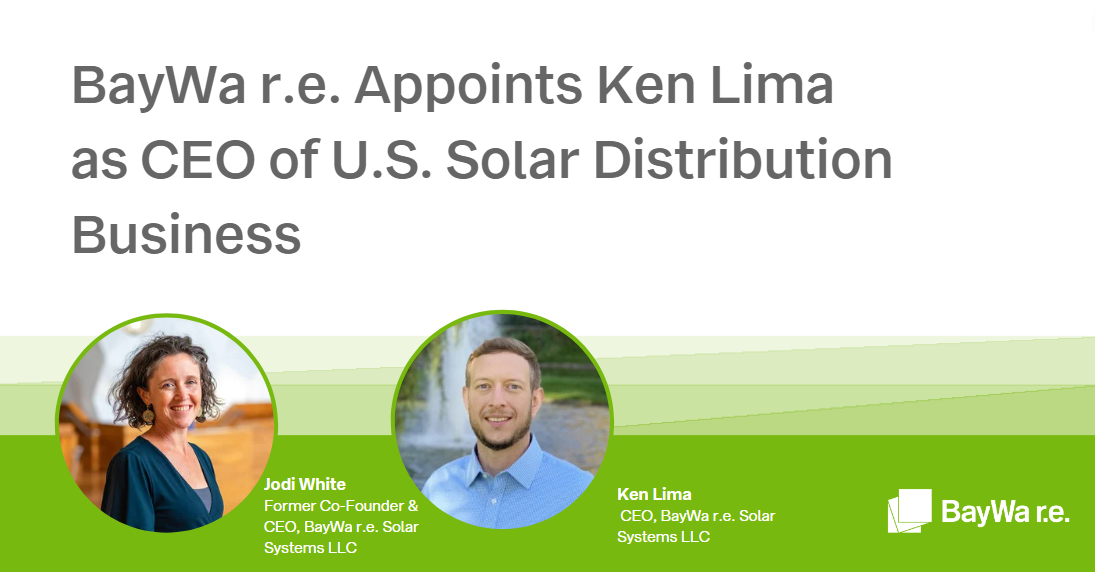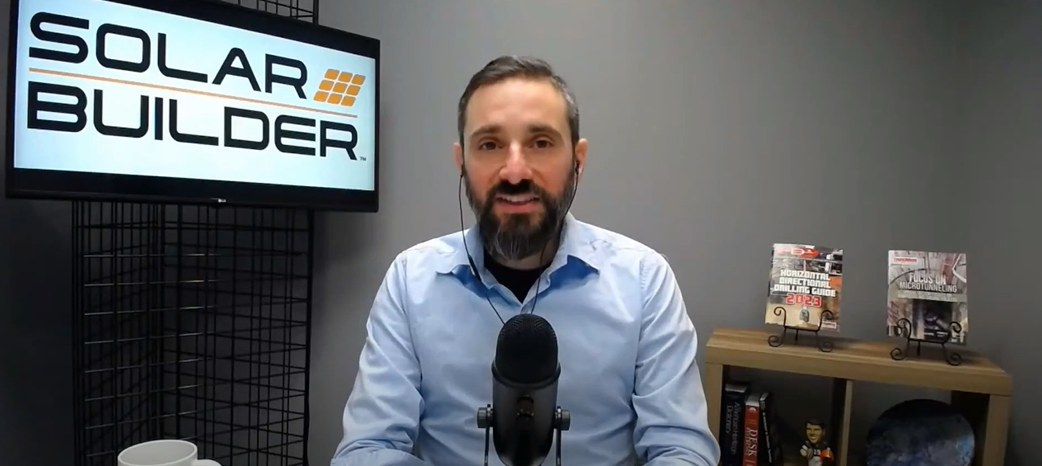Tom (Tom Miller – Creative Director, BayWa r.e. Solar Systems; Editor – Solar r.e.view): Thanks for taking the time, Andrea. I know you’re very busy. I’d like to start by asking what the Solar Foundation is and what do you do?
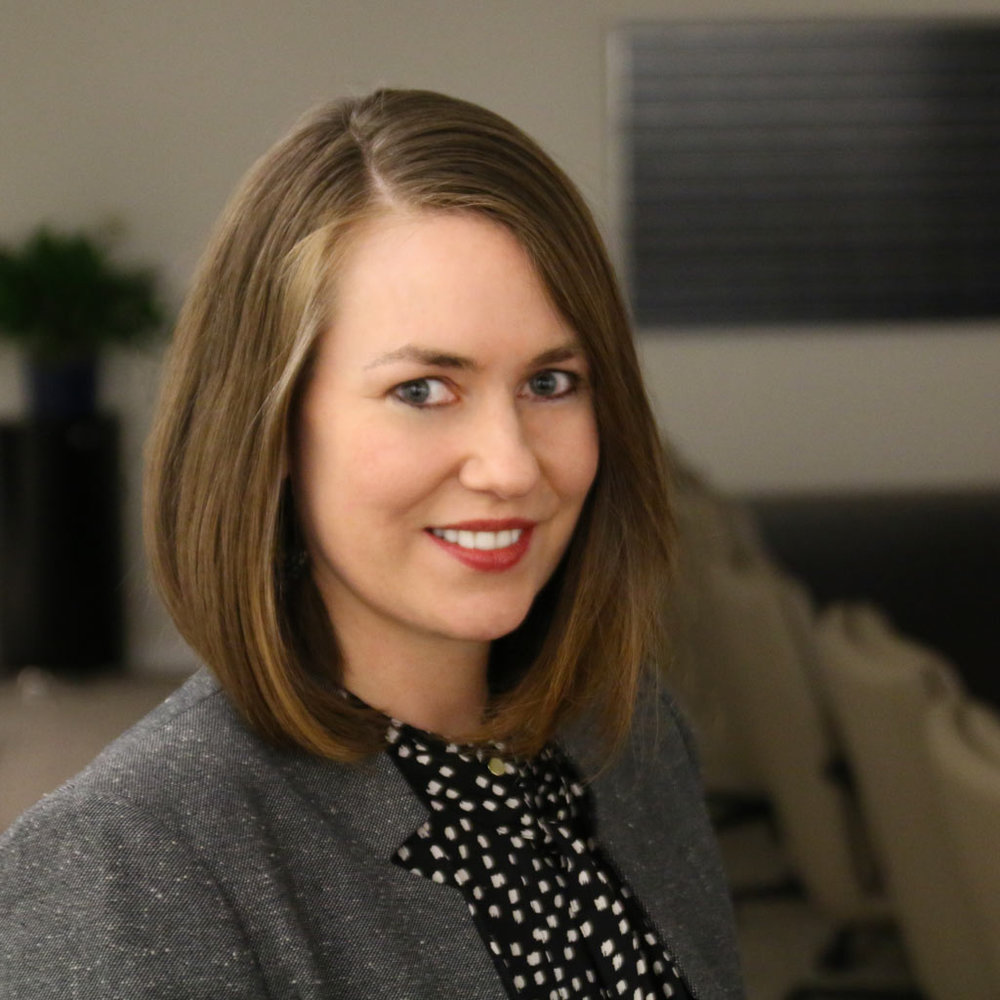 Andrea (Andrea Luecke, President and Executive Director, Solar Foundation): No problem! So, the Solar Foundation is a national non-profit, 501c3. We’re based in Washington DC. We do research, education, and implementation services for national and local governments, nonprofits, and the general public, to help advance solar energy. We’re best known for our solar job research. We’ve been doing that since 2010—tracking the solar workforce.
Andrea (Andrea Luecke, President and Executive Director, Solar Foundation): No problem! So, the Solar Foundation is a national non-profit, 501c3. We’re based in Washington DC. We do research, education, and implementation services for national and local governments, nonprofits, and the general public, to help advance solar energy. We’re best known for our solar job research. We’ve been doing that since 2010—tracking the solar workforce.
We also manage fifteen million dollars in SunShot grants and programs. One of those is SolSmart. That’s an initiative to help get cities and counties—from all over the country—to cut red tape and reduce their permitting timelines and reduce the hurdles to solar energy development at the local level.
So we work with cities to help them get designated as SolSmart communities and provide free technical assistance as they pursue becoming more solar friendly. We don’t lobby and we try and keep out of the policy discussion, and our focus is on providing rigorous, unbiased expertise.
Tom: Okay, great. So I was watching some of your videos online and I saw one from 2016 where you talk about how the solar industry added more jobs than Google, Facebook, and others, combined. I’m curious about the framing of that video? Who is the audience?
Andrea: In years past, we’ve received a lot of attention from the solar community by comparing the size of the California solar workforce to actors in Hollywood. Or the number of solar workers in Texas to the number of ranchers. It’s supposed to be humorous and provide good perspective on where we are as an industry. This year, our “fun fact”—that we hope puts into perspective just how big 260,000 is [size of solar workforce]—was to compare it with some of the IT giants. Apple and Google have permeated the market and yet the solar industry, which is still made up of mom and pops and emerging technology, is the same size or larger.
Tom: Okay, I see. What’s your sense of how people relate to solar? On the consumer side? Positive? Negative? Does it need to change?
Andrea: I think most people think it’s difficult to install and integrate with their home. They think, “It’s just a heavy piece of equipment that won’t look nice on my custom home.” What we really want solar to become is an everyday electricity source that’s hardwired into the home. To the extent that cities can create mandates for new buildings to be required to be solar, that’s excellent. A lot of companies are now talking about solar as being a commodity, like a washing machine or dryer. Something that comes with the house—a nice, upscale option. “Do you want granite or butcher block?” But I think we’re a long way off before that becomes part of the mainstream thinking.
Tom: So moving into your research: you find a large increase in jobs in different sectors of the solar industry. Can you talk about some of those findings?

Source, Solar Foundation
Andrea: Sure. We look at jobs up and down the supply chain, and we’ve seen big increases in the “other” category. These are jobs in R&D; legal and finance; policy. We’re starting to see a nice increase in these sectors. Of course, the vast majority of jobs are still in installation. And it will probably always be that way because solar is inherently local. Until the racking is “snap on”, you’re going to need people to install the system. So it will probably remain labor-intensive. At least until we get some tech advancement on the racking side.
Tom: I was reading through your Solar Census data, and it looks like Minnesota added the most jobs in 2016. Why is that? And are there data in the Solar Census that contractors can look at to find new opportunities?
Andrea: To answer your first question: The state that added the most jobs—in absolute terms—was California, which already started from a large jobs base. At the same time, we saw very strong job growth in states across the nation, including Minnesota. Generally, Minnesota has very supportive policies at the state level for solar. The first value of solar pricing came out of Minnesota. They have a “Buy Minnesota” provision, in terms of manufacturing goods and services. They have state incentives. They’re really using solar and renewables as a rallying cry for local economic development. That’s part of why solar in Minnesota has increased so rapidly. They have robust solar carve-outs and, in my view, this is a key state to watch.
Nearby, Illinois passed a pretty large energy futures act. As a part of that, they carve out fourteen million to train folks in solar jobs. So they’re making some pretty significant bets in solar in Illinois in the future. But in the meantime, Minnesota is chugging along.
Tom: And what about using the Solar Census to find new opportunities?
Andrea: In terms of data and opportunities: since we’ve been tracking jobs—over the last seven years—it’s become a great dataset to see where there’s activity. You can see that jobs directly correlate with install capacity. So where you have installed capacity, you’re going to have jobs. Residential and commercial are much more labor intensive, so states with supportive residential and commercial policies are going to see more people in the solar industry.
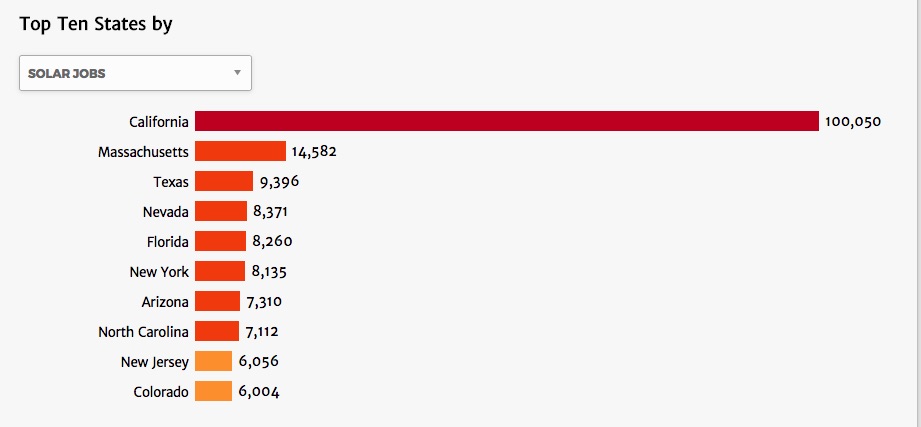
Part of the Solar States Map , Solar Foundation
It is a report that many people use to identify trends and potential and where the next new hot market is going to be. We can see some up-and-coming states: South Carolina is hot. And that’s raising a lot of attention, which will have the effect of having solar companies enter that market. Have you checked out the Solar States map?
Tom: I have.
Andrea: That’s a good resource to look at. Another program we have, that is funded by the Department of Energy, is the Solar Training Network. That program is intended to connect job seekers with training and jobs.
Tom: We just signed up for that! We did our first job post this morning.
Andrea: Great! So we have that brand-new platform, where you can see our updated directory of training providers. We put a lot of work into understanding the landscape. And two weeks ago we released a study that you can find on that website—that members can access for free—which helps us understand supply and demand. So where are there gaps in training? Where more resources from workforce investment, from the state, from industry stakeholders, are needed to have the workforce meet the anticipated demand. So I think it’s a useful next step that will help us be strategic and better identify new opportunities and locations.
Tom: According to your jobs study, a lot of companies are reporting difficulty in hiring. But many companies are also reporting not having a hard time: what are they doing right?
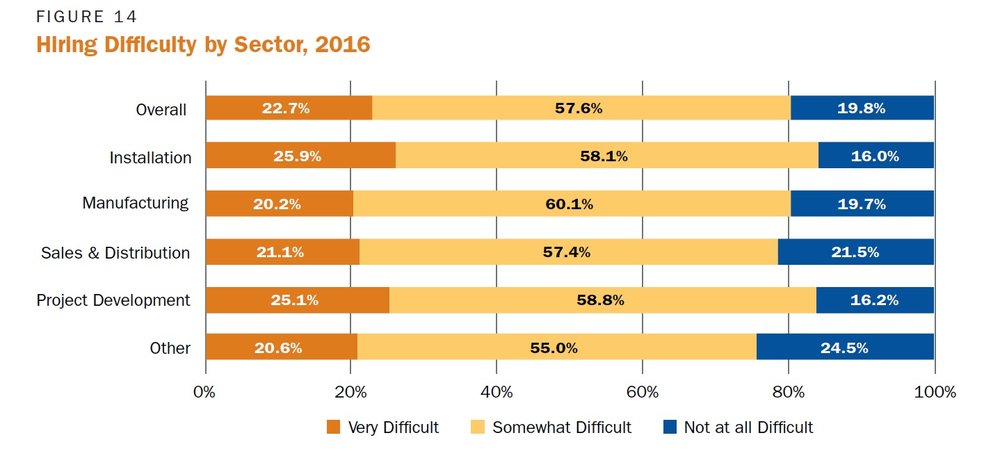 Source, Solar Foundation
Source, Solar Foundation
Andrea: A majority of employers said it was difficult, or very difficult, to hire qualified workers. For those that didn’t have that experience, my guess is that they’re finding it easier to hire people because of robust on-the-job training. Or maybe they’re specialized, and don’t require workers with previous experience. Or maybe they’re just in the right market. California respondents, for example, said they are not having a tough time hiring. But Mid-Atlantic companies are drowning. They just can’t find enough workers with the right criteria. They’re losing money. They’re leaving jobs on the table and it’s a big impediment.
Tom: Apart from training, do you have suggestions for reducing labor costs? And it looks like you’re predicting a slowdown in 2017. What can contractors do to try and stay ahead?
Andrea: Well, it’s not just about how much you pay someone, it’s about how effective they are at their job. When you have a clogged permitting or interconnection process, or if your sales process isn’t efficient, it’s just going to take that many more hours to do the same work. And contractors should expect a slowdown on the utility scale side this year, so branching out into new markets, getting some new training, exploring opportunities for new skills so you’re more marketable… Those kinds of things can help.
Tom: Seeing the proliferation of solar in other countries, what are they doing right? In terms of employment, costs, etc.?
Andrea: Well, in Germany, their install costs are lower, in great part because their labor costs are lower. Not in terms of what they’re paying their workers, but the sheer number of hours they’re paying them to do the job. They’re much more efficient with permitting and interconnection, so they’re able to service more customers, and install higher volumes with fewer labor hours. So we should be paying attention.
If we could tighten up our processes, companies could save money, still pay their people a sustainable wage, and be great employers—from a high-road, employment perspective—but could also do more with fewer labor hours. I think that’s the strategy. Let’s get faster. Let’s get better. Let’s not pay our people less but let’s get better at being more efficient.
Tom: Training is a big issue in the US?
Andrea: Yes. In the US, we just don’t have that system in place. Many US companies are just scraping by. There’s often two weeks of on-the-job training and then the employee is dispatched. They’re learning on the job, but there’s no classroom and no formal training. So yes, we should be looking at other counties to see what we can learn.

Source, Solar Foundation
Tom: I’d like to switch gears a little bit and talk about diversity. There are a lot of studies that show how diverse workplaces show increases in revenue, creativity, and workplace satisfaction. Are you familiar with these studies? And what are your takeaways?
Andrea: Yes, I’m certainly aware of many of them. There’s the Harvard study that we reference in our Solar Census report. They show that companies that have more women, minorities, veterans, different ages, religions, sexual orientations, tend to outperform companies that do not; those that are more homogenous. The research show this. And to me, personally, that seems to make sense. I’ve experienced that. As a person that goes to conferences, attends breakout sessions… I see that the quality of ideas is better when the group is more diverse.
Now that’s just anecdotal—me being human [laughs]—but I do buy into that research. I think it’s valid. And if solar companies want to outperform their competition and get ahead, they should try very hard to hire the most qualified people they can, from the most diverse backgrounds. And that’s not just ethnicity: it’s age, income level, your political stance, your ideology. Diversity can enhance the workplace and help make better products, business models, and strategies, all around.
Tom: Do you think this study says anything about where we’re going as an industry?
Andrea: There is no crystal ball that can help predict who’s next. Solar is a dynamic, young industry. But that’s what’s so great about it! It’s always a first mover among other energy technologies. And that’s why I’m really excited to do this diversity research because we would be first. Wind hasn’t done anything like this. Energy efficiency has never done this. Coal, hydro, nuclear, haven’t done this. We’re excited because we think this can be helpful in driving our sector’s innovation.
The solar industry is made up of risk takers. We’ll try anything in order to capture the imagination of the public and create energy and employment transformation. We have nothing to lose and everything to gain.
Tom: I hadn’t thought about capturing the imagination with initiatives like this. It seems like GRID Alternatives is doing a good job in that capacity.
Andrea: I can’t think of another group that is doing as much for low-income homeowners.
Tom: Do you see instances where creating solar jobs grows solar adoption? Or is it the other way around? Could communities take a “jobs first” approach to fostering wider solar adoption?
Andrea: It’s usually the other way around. Solar is there when it’s affordable. Then the jobs will crop up around it.
Tom: So final question: how did you connect with BayWa r.e. Solar Systems? And can you tell me about what your diversity study intends to do?
Andrea: I met Jodi [Jodi White, CFO, BayWa r.e. Solar Systems] when she and I were on a Women in Solar panel together. She did an excellent job, by the way. She was personable, honest, humble. But anyway, during the panel, the VP of SunPower, Tom Stars, presented the initiative and Jodi came up afterward and said that BayWa r.e. was going to commit to help fund the study.
Tom: And what are you trying to find out?
Andrea: The solar industry has made a number of commitments towards diversity, which is great. But this study will really help us figure out where we’re at, and benchmark against other energy sectors. This will help us form actionable next steps, so we can achieve our commitment as an industry.
It’s going to help us understand what occupations women, minorities, veterans, are holding—and where. What they are paid. How they got their job. What companies are doing as best practices. Do they have blind resume panels, to ensure they’re not discriminating? What kinds of policies do they have to make the workplace an equal-opportunity workplace? Are there women and minorities in leadership positions?
I’m happy to report that we have secured full funding for this study and we plan to release it in the fall. So stay tuned!
Tom: Okay. Those are all my questions. Thanks for taking the time!
Andrea: You’re welcome!


